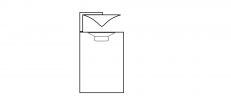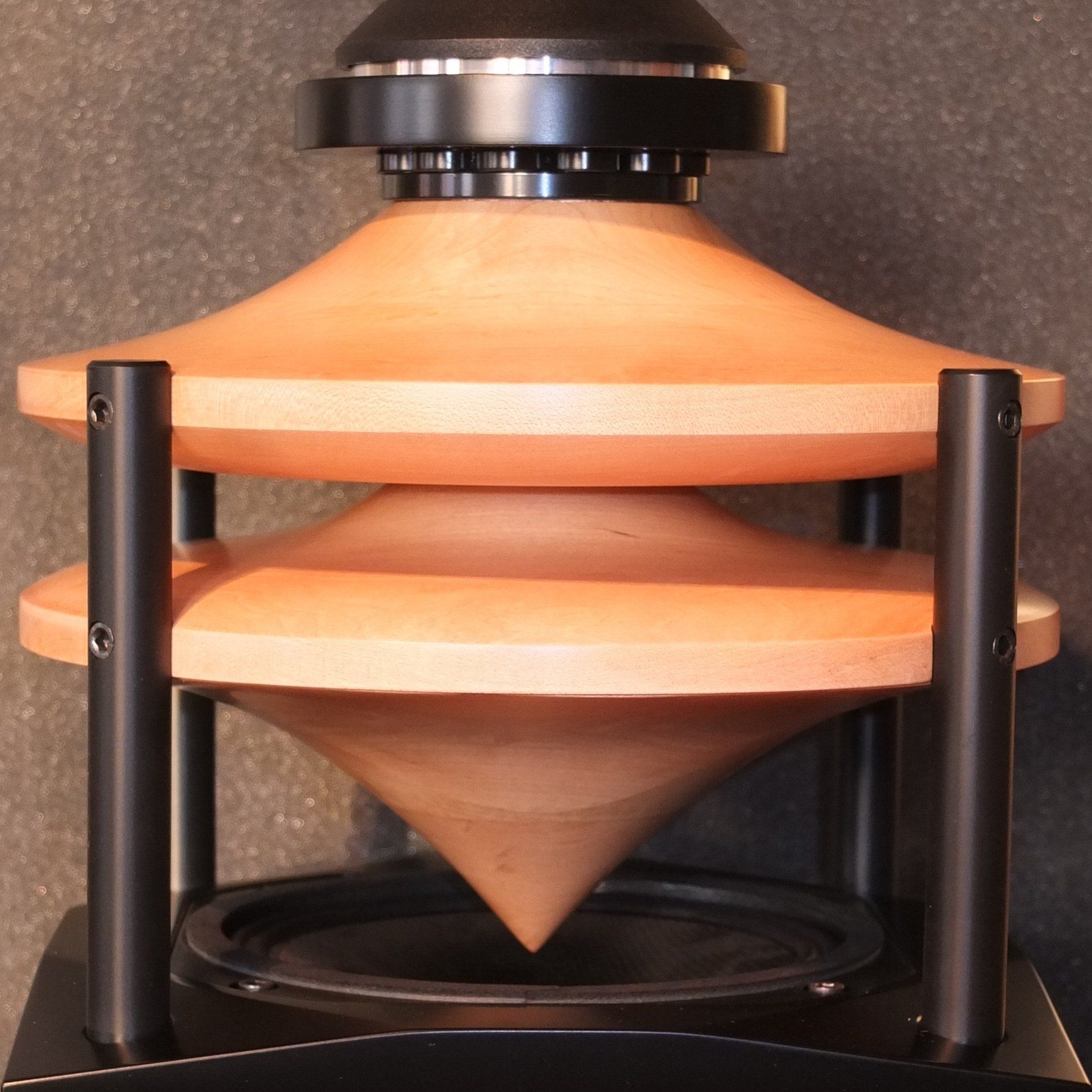Newman
Major Contributor
- Joined
- Jan 6, 2017
- Messages
- 3,530
- Likes
- 4,371
It depends what you mean by "actually being attainable".Now I would readily concede that 18 milliseconds would be better, and I think I read somewhere a paper advocating 15 milliseconds as a standard for recording studios, BUT 10 milliseconds is presumably still a worthwhile goal in home audio, with the obvious advantage of actually being attainable.
If you are engaging in 'audio self-harm' and sticking with stereo, then Toole shows the psychoacoustic advantage of allowing side wall reflections (bad news for dipoles, good for omnis). Well, it's pretty hard in a typical home room to get them delayed by more than 3 ms, never mind 10, or 15, or 18.
As for the rear wall (BTW that is the one behind the listener's head, as per the articles and diagrams being used on this page and quoted by Bjorn, and as per Toole's usage. It is not the one behind the speakers, despite Keith W and ShadowFiend using it that way.). Speakers of all directivities provide plenty of energy to the rear wall: it is not a point of difference. And the 10 ms delay in the diagram can only be achieved by having the wall at least 1.5m/5ft behind the listener. For a lot of us that is quite okay, but for quite a few audio listeners that will also be a problem. Nevertheless, it is not a point of difference between the speaker types under discussion.
As for the front wall, that the listener is facing, similar to the rear wall the 10 ms delay in the diagram can only be achieved by having the wall at least 1.5m/5ft behind the speaker. For a lot of us that is quite okay, but for quite a few audio listeners that will also be a problem. But even if you can do it, and have a dipole or omni that pushes sound that way, it isn't doing any good. The energy is coming from the same direction as the speakers themselves, which are already delivering plenty of direct sound from that same direction to create the desired effects of sound from that direction. The 10 ms delay avoids it doing serious harm, but you can't possibly get enough delay to do much good (although Barron, The Subjective Effects of First Reflections in Concert Halls—The Need for Lateral Reflections, 1971 demonstrates a spatial effect arising between 10 ms and 80 ms, that is for energy coming from the side. See my first para about the problem with that). Toole says the research indicates a delay of at least 80 ms in order to create envelopment effects (...and that they also need to come from other directions). Can't be done. That is why Toole recommends absorbers on that wall.
I've said it before: all this type of talk is a Stereo World Problem. The solution is cheap and widely available: multichannel speakers and a processor.



